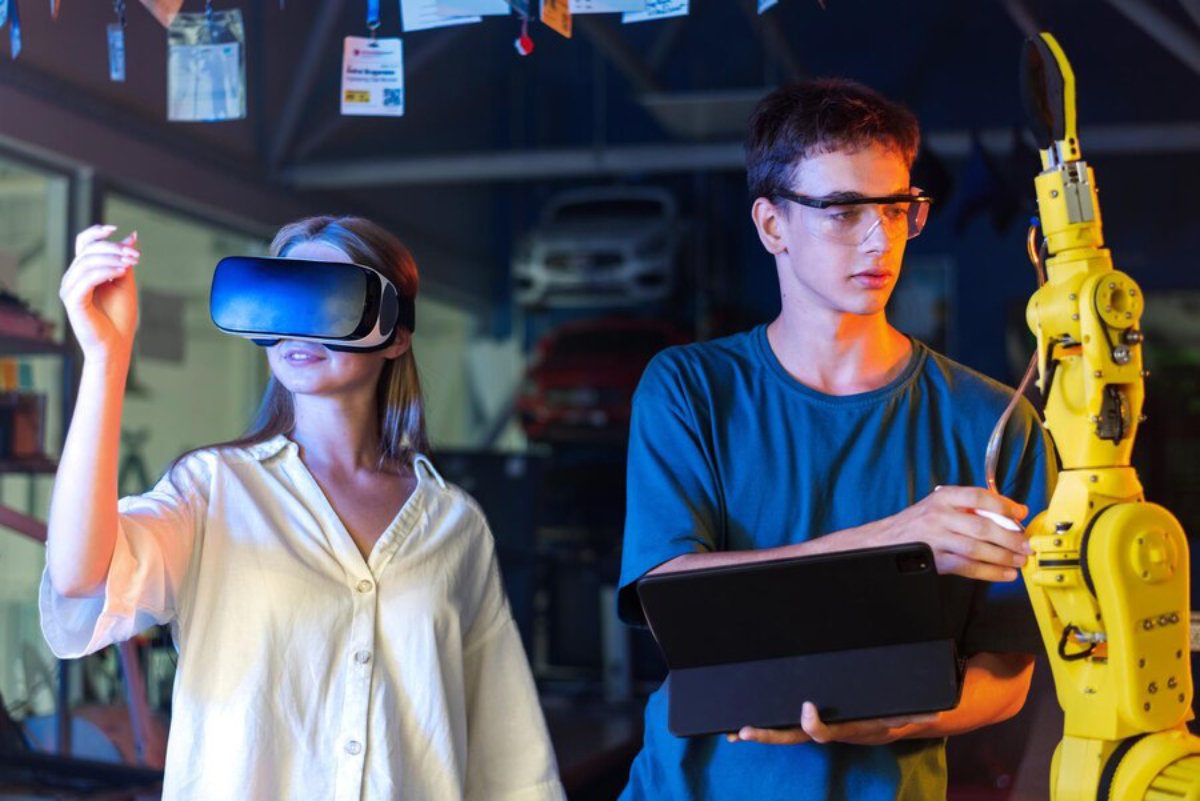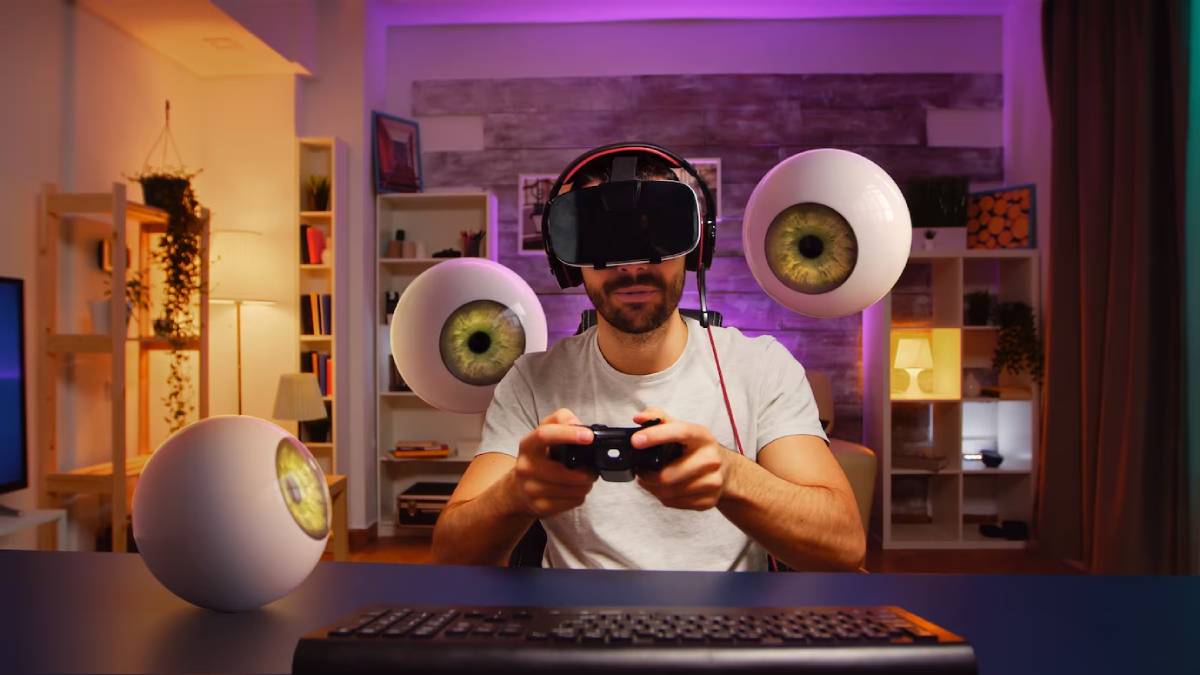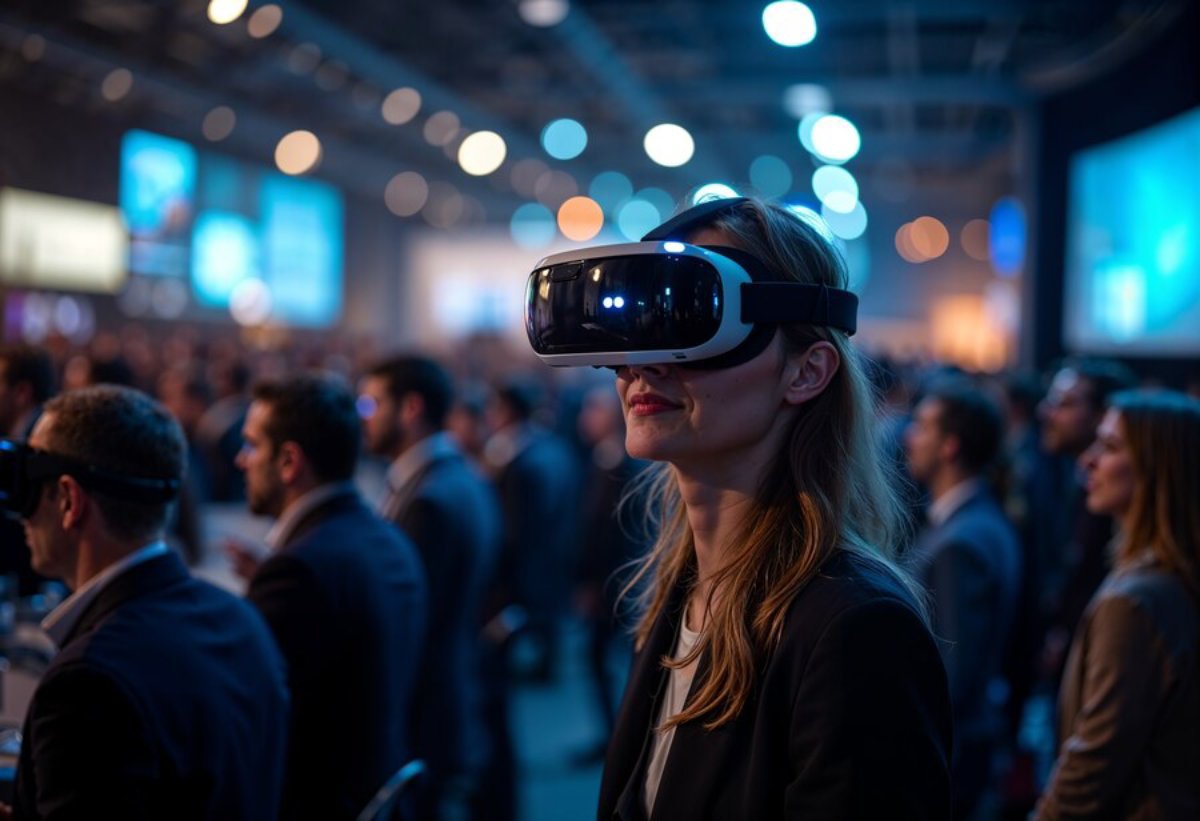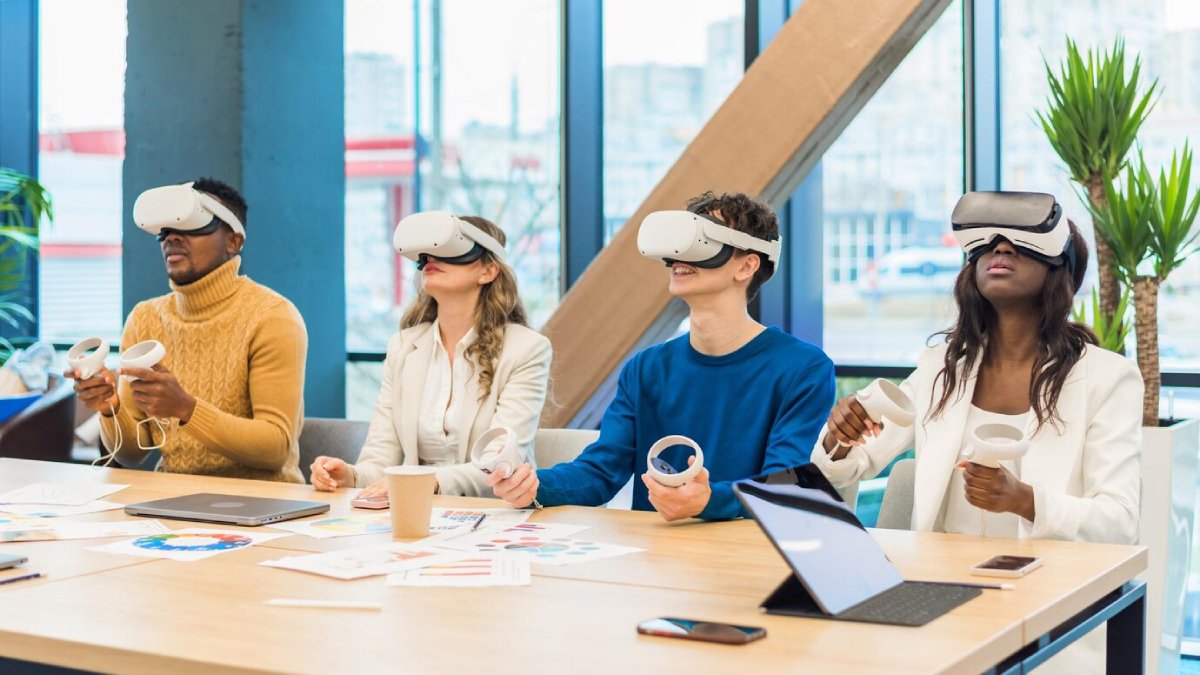
How VR is Enhancing STEM Education for Students
VR influences how students learn and how they engage with information. Among the most disruptive innovations is virtual reality VR, which is quickly getting a foothold in education, especially in science, technology, engineering, and mathematics (STEM). Such immersive experience is helpful in STEM learning through VR. It is an experience that is not possible with traditional methods. In this blog, we will look at the impact of VR on STEM education. It will address false stereotypes and demonstrate how it can transform learning spaces.
Key Benefits / Why It Matters
Immersive Learning Experiences
One of VR’s most significant benefits in STEM education is its ability to create immersive learning experiences. Unlike traditional textbooks or even digital screens, VR allows students to engage with content in a three-dimensional space. For instance, students can explore the solar system, conduct virtual chemistry experiments, or even simulate engineering projects. This hands-on approach not only enhances understanding but also retention of complex concepts.
Enhanced Engagement and Motivation
VR in STEM education significantly boosts student engagement and motivation. The novelty and excitement of using virtual reality learning tools capture students’ attention more effectively than conventional teaching methods. By gamifying learning, VR encourages students to participate actively and fosters a sense of curiosity and exploration. This heightened engagement is particularly beneficial in STEM subjects, which can sometimes be perceived as challenging or monotonous.

Real-World Applications and Problem Solving
VR provides students with opportunities to apply theoretical knowledge to real-world scenarios. For example, through immersive science teaching, students can simulate ecological impacts on different ecosystems or model the effects of engineering decisions in a virtual environment. This experiential learning approach helps students develop critical thinking and problem-solving skills, preparing them for real-world challenges.
Accessibility and Inclusivity
VR technology can make STEM education more accessible and inclusive. Students with disabilities or those who face geographical barriers can benefit from virtual reality learning tools, which offer customised learning experiences tailored to individual needs. By breaking down physical and logistical obstacles, VR ensures all students have equal opportunities to engage with STEM subjects.
Additional Expert Tips & Common Mistakes to Avoid
Best Practices for Implementing VR in Education
Educators should follow certain best practices to maximise VR’s benefits in STEM education. First, VR content must be aligned with curriculum standards and learning objectives. This ensures that the technology is used as a tool to enhance learning rather than as a mere novelty. Additionally, educators should provide adequate training and support for both teachers and students to effectively use VR tools.
Avoiding Over-Reliance on Technology
While VR offers numerous advantages, it is crucial to avoid over-reliance on technology. Educators should strive to balance VR experiences with traditional teaching methods to provide a well-rounded education. Moreover, it is essential to evaluate the effectiveness of VR tools regularly and make adjustments as needed to ensure they meet educational goals.
Addressing Technical Challenges
Implementing VR in education can present technical challenges like hardware limitations or software compatibility issues. Schools must have the necessary infrastructure and technical support to address these challenges. Additionally, educators should be prepared to troubleshoot and adapt to technical difficulties during VR sessions.
Advanced Insights / Expert Recommendations
Integrating VR with Other Technologies
Experts recommend integrating VR with other emerging technologies, such as augmented reality (AR) and artificial intelligence (AI), to further enhance STEM education. This combination can create even more dynamic and interactive learning environments. For example, AI can personalise learning experiences based on individual student performance, while AR can overlay digital information onto the real world, complementing VR experiences.

Collaborative Learning through VR
VR also offers opportunities for collaborative learning. Students can work together in virtual environments to solve problems or conduct experiments, fostering teamwork and communication skills. This collaborative aspect of VR can be particularly beneficial in STEM education, where group projects and peer interactions are essential to the learning process.
Future Trends in VR and STEM Education
VR technology will likely become even more integral to STEM education as it evolves. Future trends may include the development of more sophisticated VR learning tools, increased accessibility, and the integration of VR into standardised testing and assessment. As these trends emerge, educators must stay informed and adapt their teaching strategies to incorporate the latest advancements in VR technology.
Shaping the Future of STEM with VR
To sum everything up, VR will disrupt STEM education. Free Online Courses offer immersive, engaging, and accessible learning experiences. Virtual Reality Tools for Immersive Science Teaching Educators can use VR techniques to increase student understanding of scientific concepts, motivation, and real-world problem-solving applications. With educational institutions beginning to use VR technology, best practices must be employed. They also need to solve problems and ensure that they stay relevant for tomorrow.
Invest in VR technology for educators and policymakers. It can bolster STEM education preparation for the 21st-century workforce. This way, we can help all students explore, innovate, and succeed in the changing world of STEM.
What are your thoughts on the role of VR in education? Can you envision the future children sitting in VR classrooms? How do you envision its impact on future generations of students? Share your insights and join the conversation on the future of learning.


